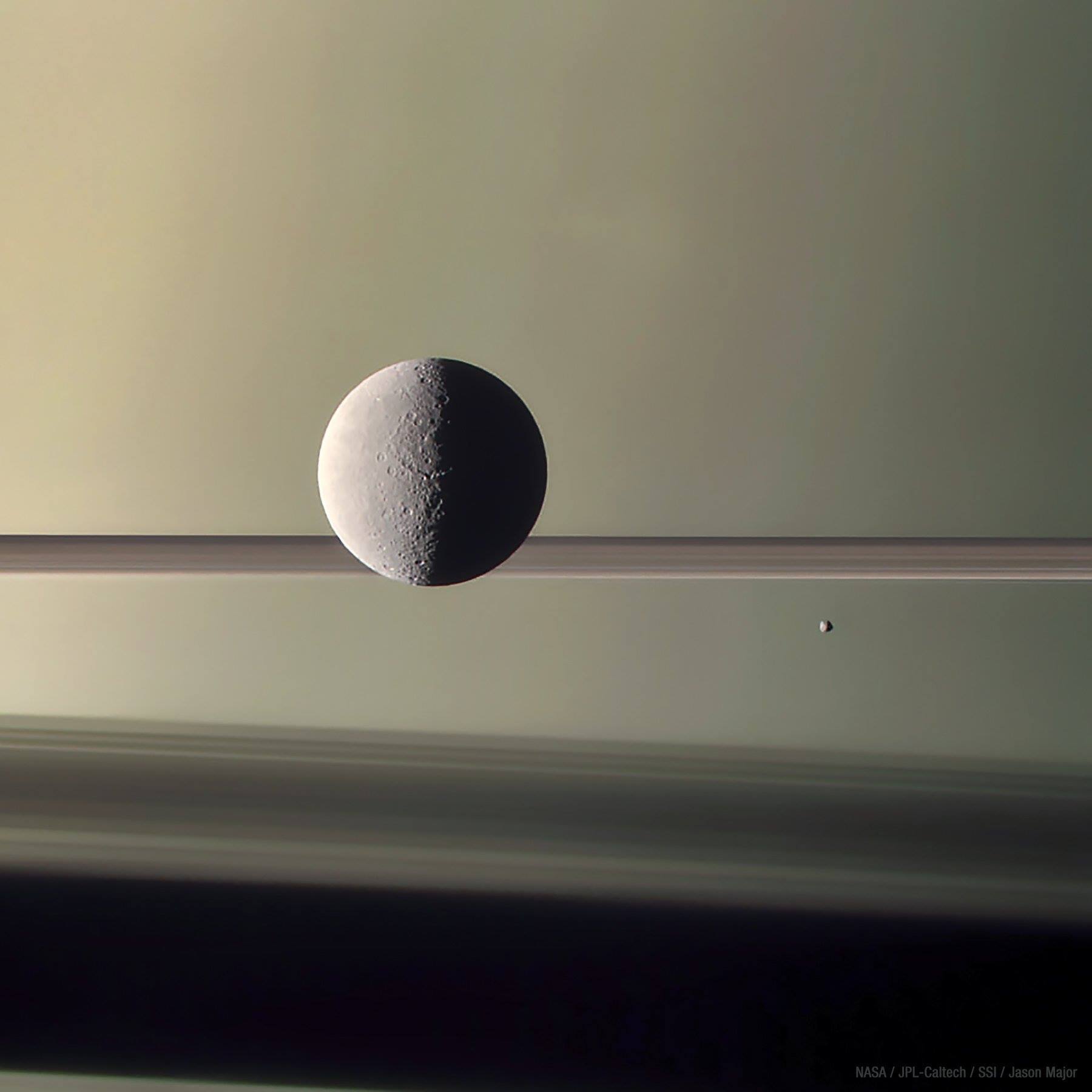Japan’s space agency just made history by landing robots on an asteroid.
Category: space – Page 988
Stephen Drives NASA’s Mars Rover With Neil deGrasse Tyson
Stephen and Neil deGrasse Tyson take NASA’s Mars Rover for a ride around Midtown Manhattan.


Japan launches robotic cargo spaceship to space station with supplies and science
News Brief: The Japan Aerospace Exploration Agency today launched a robotic cargo ship to the International Space Station, filled with more than five tons of supplies, equipment and experiments. Liftoff of Japan’s H-IIB rocket from the Tanegashima Space Center came at 2:52 a.m. JST Sept. 23 (10:52 a.m. PT Sept. 22). Minutes later, the HTV-7 cargo carrier (also known as Kounotori-7) separated from the rocket, heading for a Thursday rendezvous with the space station. Among the cylindrical craft’s payloads are new hardware to upgrade the station’s electrical power system, an experiment to study protein crystal growth at low temperatures, a life-sciences glovebox and an experimental sample return capsule.

ICESat-2 Launch Coverage
Coverage of the launch of NASA ICE’s #ICESat2, set for liftoff no earlier than Saturday, September 15 at 8:46 a.m. EDT! Join us as we embark on a mission to use lasers to measure the changing height of Earth’s ice:
A Look at Ultima Thule: New Horizons Next Destination
Join us at 1 p.m. EDT on Wednesday, Sept. 19, as our experts discuss humanity’s farthest planetary flyby that is coming up on Jan. 1, 2019 of the mysterious object nicknamed “Ultima Thule”. The encounter will occur approximately 4 billion miles from Earth complementing the discoveries still coming from the mission’s epic July 2015 flight through the Pluto system.
This New Space Tech Could Someday Replace A/C
The United States uses more energy for HVAC than Africa uses for all of their energy needs.
The starry night sky seems remarkably distant from the topic of air conditioning, but it’s revolutionizing the field in quite an unexpected way. In this episode of “The Spark,” watch how scientists from across the globe are harnessing natural phenomena to drastically redesign this century-old technology.
Featured in this episode:
Dr. Ernest (Kian Jon) Chua.
National University of Singapore
http://me.nus.edu.sg/staff.php?id=2164
SkyCool Systems
